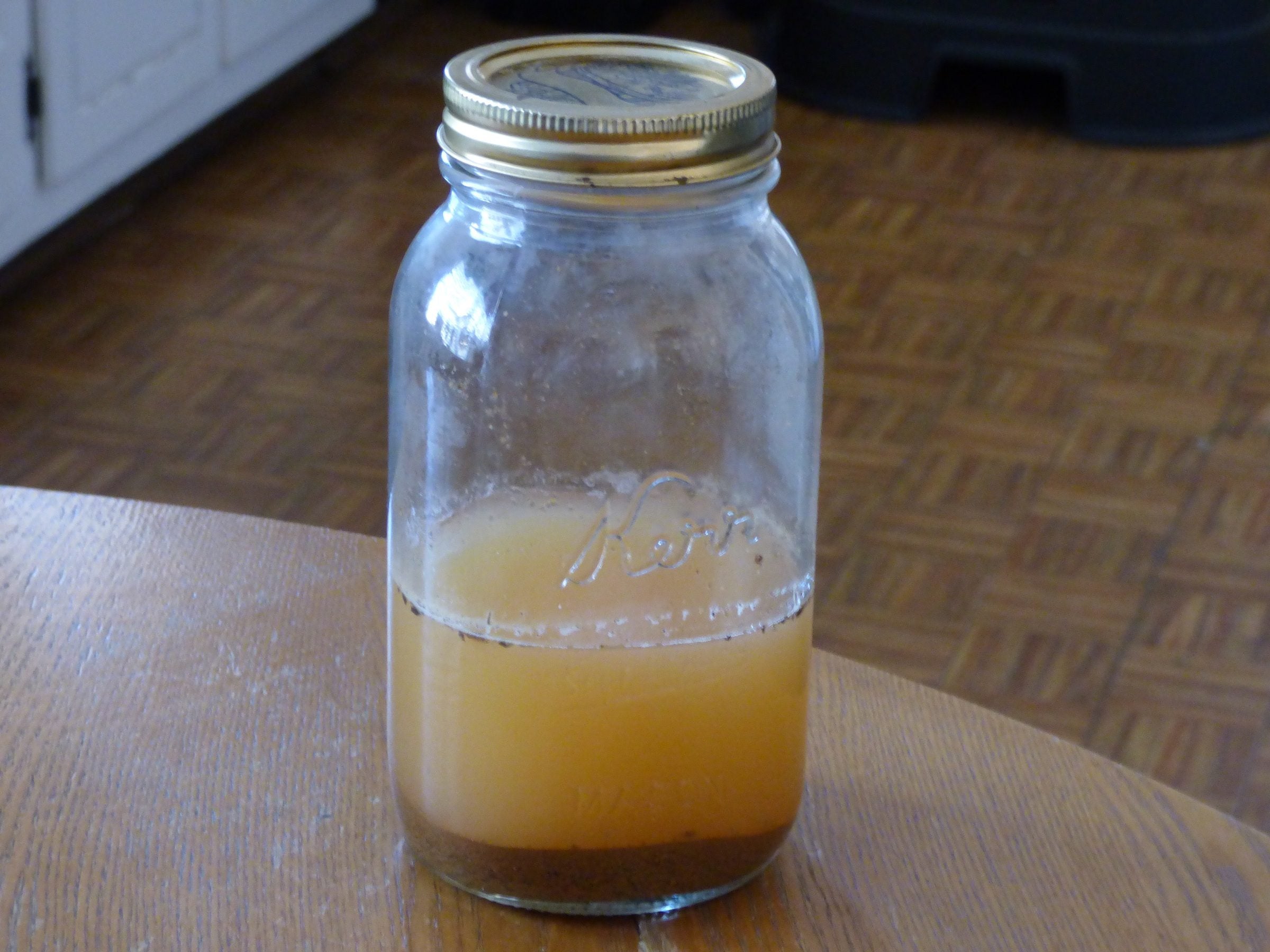Mason Jar Soil Test - Tips For Taking A Soil Texture Jar Test


Many gardeners don't know much about the texture of their garden soil, which may be clay, silt, sand, or a combination. However, a little basic info about the texture of your garden soil can help you determine how the soil absorbs water and if it needs some help by way of compost, mulch, manure, or other soil amendments. Figuring out your particular soil type isn't as complicated as you might think, and it requires no expensive lab tests. You can implement DIY soil testing very easily by using a jar test to measure soil texture. Let's learn more about this type of soil texture jar test.
How to Test Soil Using a Mason Jar
In simple terms, soil texture refers to the size of the soil particles. For example, large soil particles indicate sandy soil, while clay is made of very small particles. Silt is in the middle with particles that are smaller than sand but larger than clay. The ideal combination is soil consisting of 40 percent sand, 40 percent silt, and only 20 percent clay. This highly desired soil combination is known as "loam." A mason jar soil test can be performed with a 1-quart jar and a tight-fitting lid. If you have a large garden, you may want to use a mason jar soil test on several different areas. Otherwise, combine soil from a few different areas to get a good overall picture of soil texture in your garden. Use a trowel to dig down about 8 inches (20 cm.), then fill the mason jar half-full. Add clear water to fill the jar about three-quarters full, then add about a teaspoon (5 ml.) of liquid dish soap. Place the lid securely on the jar. Shake the jar for at least three minutes, then set it aside and leave it alone for at least 24 hours. If your soil contains heavy clay, leave the jar for 48 hours.
Reading Your Soil Texture Jar Test
Your mason jar soil test will be easy to decipher. The heaviest material, including gravel or coarse sand, will sink to the very bottom, with smaller sand on top of that. Above the sand you'll see silt particles, with clay at the very top of the jar. Below are some common results you may see:
- Sandy soil - if this is your soil texture, you will notice sandy particles sinking and forming a layer on the bottom of the jar. The water will also appear fairly clear. Sandy soils drain quickly but do not hold nutrients well.
- Clay soil - when your water remains cloudy with only a thin layer of dirt particles on the bottom, then you have clay-like soil. The water stays murky because it takes longer for the clay particles to settle. Silty soils may also mimic this result. Clay soil does not drain well and may cause problems with soggy plant roots and other nutrient issues.
- Peaty soil - if you have a lot of debris floating on the surface with a small amount of sediment on the bottom, then your soil may be peat-like. This also results in somewhat cloudy water, though not as murky as with clay soil. This soil is very organic but isn't nutrient rich and is prone to water logging, though adding amendments can make it suitable for plant growing. Additionally, peat soil is acidic.
- Chalky soil - with chalky soil, there will be a layer of white, grit-like fragments along the bottom of the jar and the water will take on a pale grayish color as well. Unlike peaty soil, this type is alkaline. As with sandy soil, it is prone to drying and isn't very nutritional for plants.
- Loamy soil - this is the soil we can only hope to achieve, as it's considered the ideal soil type and texture. If you're lucky enough to have loamy soil, then you will notice clear water with a layered sediment on the bottom, with the finest particles on the top.
Sign up for the Gardening Know How newsletter today and receive a free copy of our e-book "How to Grow Delicious Tomatoes".

A Credentialed Garden Writer, Mary H. Dyer was with Gardening Know How in the very beginning, publishing articles as early as 2007.